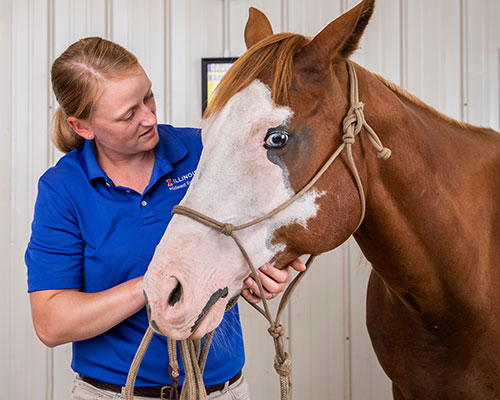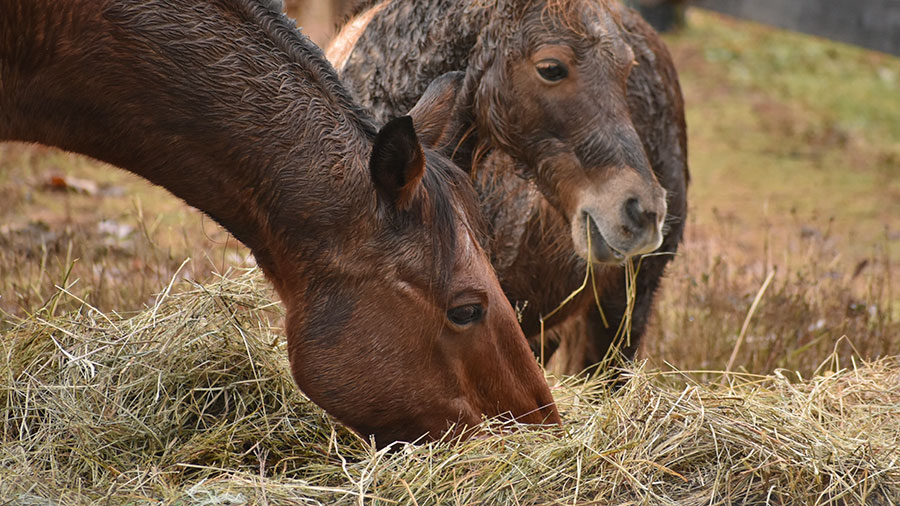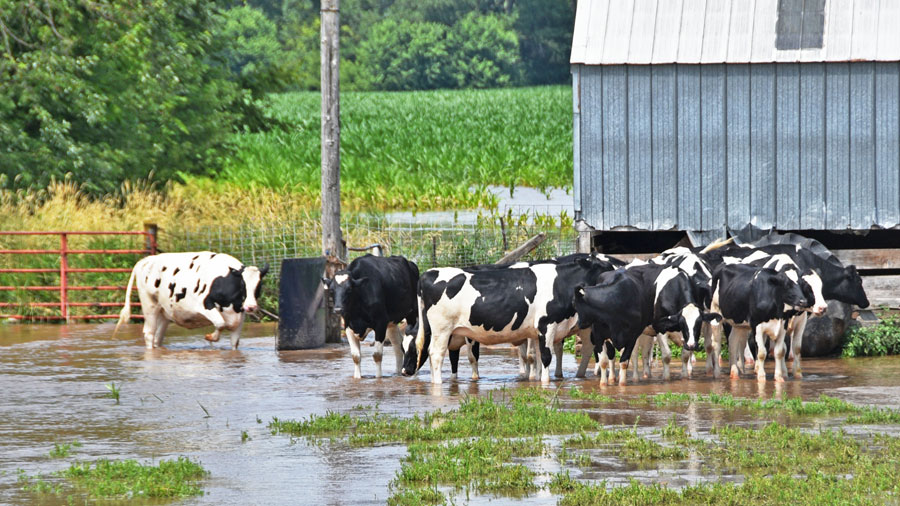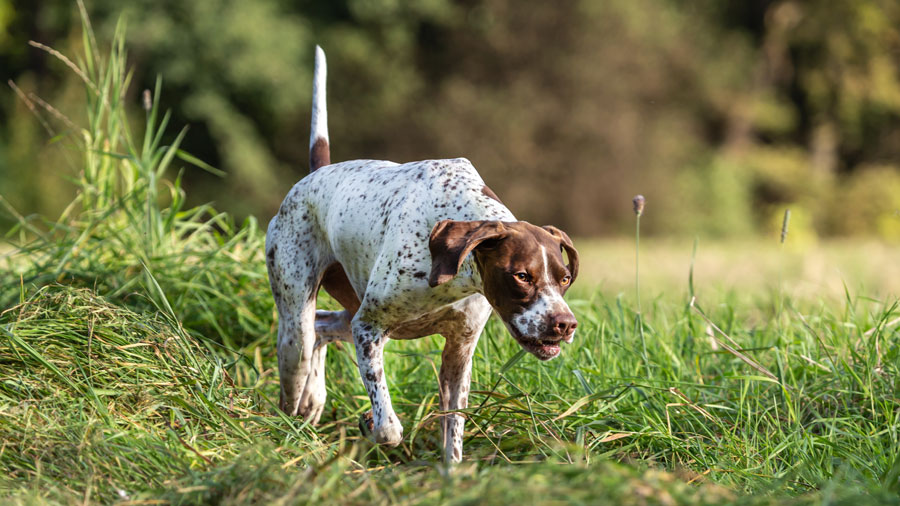Warmer weather entices many equestrians to hit the road with their horses. While you are ensuring that you have the needed certificate of veterinary inspection and negative Coggins test, you might need to think about packing food for your horse. That’s because blister beetles—small insects that are toxic to horses—could be lurking in hay produced in southern or plains states.
Dr. Catherine Foreman-Hesterberg, an equine veterinarian with Midwest Equine, a veterinary clinic in Farmer City, Ill., operated by the University of Illinois College of Veterinary Medicine, explains the risks.

Blister Beetle Toxicity
Blister beetles produce a toxic compound called cantharadin that causes problems ranging from sores and blisters on the tongue and in the mouth to diarrhea and blood in the manure. Colic is the most common aftereffect from blister beetle ingestion. Other possible signs include fever, depression, and lethargy.
According to Dr. Foreman-Hesterberg, blister beetle toxicity is not common in the Midwest. You are more likely to encounter it from hay (especially alfalfa hay) that is imported from arid Great Plains states. Alfalfa harvested at the end of the summer is also more likely to contain blister beetles.
Knowing where your hay comes from, who produced it, and when it was cut can help prevent inadvertently bringing blister beetles to your horse’s environment.
“If you notice an elongated gray, black, or striped beetle in your hay, discard it immediately,” says Dr. Foreman-Hesterberg. However, it is unlikely that you will see the beetles in the hay bale.
What to Do If Your Horse Eats Blister Beetles
Unfortunately, the only treatment for blister beetle toxicity is supportive care. Supportive care includes fluid therapy (whether given by mouth or with an IV) and pain relievers such as flunixin meglumine (marketed as Banamine) to help with the pain and inflammation associated with ingestion of the beetles. Dr. Foreman-Hesterberg says that mineral oil and/or activated charcoal may also play a role, depending on the severity of the symptoms your horse is experiencing.
While the summer is a wonderful time to travel with your horse, you should keep in mind the potential risks associated with unknown or unfamiliar hay sources. Certain states may be more likely to harbor blister beetles that could harm your horse. Bringing your own hay when traveling to these areas or using hay from a source recommended by locals can help reduce the risk.
By Alaina Lamp




